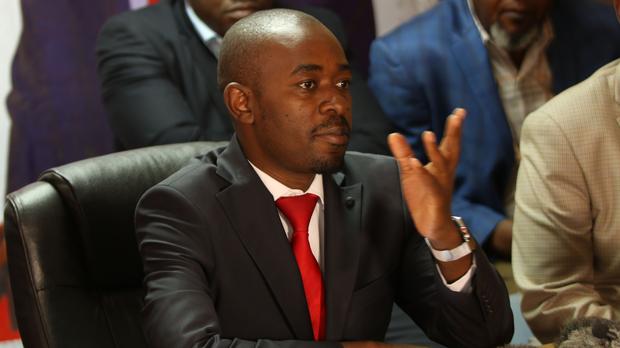
(Image via CDC/Dr. Fred Murphy/Public domain)
Ed. note: Please welcome Molly McDonough to the pages of Above the Law. Her writing will focus on client communications.
Everyone is paying attention to the coronavirus right now, except maybe Chicago St. Patrick’s Day revelers who thought it would be OK to pub crawl over the weekend.
Those partiers didn’t get the social-distancing message. But millions of others did. And they’re scared. They need reassurance and guidance, especially for situations that are already out of their control.
Think child custody, divorce, criminal defense, wills and trusts, guardianship, powers of attorney, advanced directives, contracts (many of which are in a state of disruption). The list goes on and on.
Companies I do business with are flooding me with notes about COVID-19. For the most part, these communications have been less than helpful. They read as self-serving and often rehash the same CDC information I’ve read a million times.
That’s not to say there aren’t some good client messages and connections happening.
Take Bay Area family lawyer Erin Levine, founder of Hello Divorce. After getting more than 50 questions about how the pandemic could impact divorce proceedings, she produced a helpful Q&A for her clients and, undoubtedly, many others looking for guidance.
In her piece, “Will Coronavirus Affect My Divorce?” Levine covers court dates and possible closings, co-parenting decisions, and child support if jobs are at risk. Levine’s team has since fielded more than 500 questions from the Hello Divorce form at the end of the blog post, her firm’s contact form, and via Instagram.
Utah lawyer Rebecca Long Okura also urged her clients and potential clients to prepare COVID-19 co-parenting plans sooner rather than later. She created a realistic hypothetical case profile to discuss the issues and then jumped into the comments to address specific questions and situations.
Long Okura sent the link to clients and has been working with them directly to address the co-parenting issues she raised.
I like these examples because they aren’t vague, cover-your-bases messages. They are specific to these practice areas and create opportunities for meaningful client connections.
Seattle lawyer Dan Harris is capturing his firm’s client worries and common questions at his China Law Blog. Given his firm practices at the epicenter of outbreaks in China and the United States, Harris has much to say on the topic. In his first of what I expect will be many blog posts, he summarizes questions in several key practice areas. Each of the topics in his overview would be good fodder for a personalized Q&A for lawyers reaching out to clients.
But even if you don’t have time to write a Q&A for your clients, you need to make a connection. Reach out. Let your clients know how to reach you and how you’ll stay connected to their current matters or if they need you for something else. No doubt, you would let clients know if matters get postponed. But even if they aren’t, your clients will be wondering.
The lawyers who are blogging, posting meaningful updates, and actively reaching out to their clients show they are knowledgeable and care about their clients. They also show they recognize their clients’ fears and are working on ways to provide answers at a time when sometimes the answer is, we’ll have to wait and see.
Molly McDonough is a longtime legal affairs writer and editor. Before launching McDonough Media, she was editor and publisher of the ABA’s flagship magazine, the ABA Journal. She writes about access to justice at A Just Society.







 Kathryn Rubino is a Senior Editor at Above the Law, and host of
Kathryn Rubino is a Senior Editor at Above the Law, and host of 


 Lindsay Kennedy is a part-time lawyer doing legal research and writing for other attorneys and military wife with two daughters in South Korea. Lindsay is also the Executive Director of MothersEsquire, Inc. She supports changes in the legal profession to allow for more non-traditional options so both parents are afforded the opportunity to enjoy their family. You can reach her at
Lindsay Kennedy is a part-time lawyer doing legal research and writing for other attorneys and military wife with two daughters in South Korea. Lindsay is also the Executive Director of MothersEsquire, Inc. She supports changes in the legal profession to allow for more non-traditional options so both parents are afforded the opportunity to enjoy their family. You can reach her at 





 Jordan Rothman is a partner of
Jordan Rothman is a partner of 
